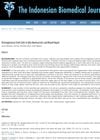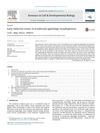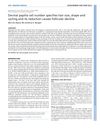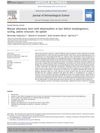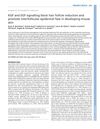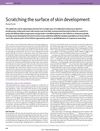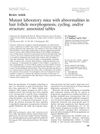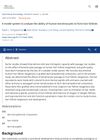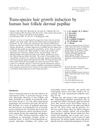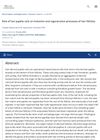Hair Follicle Morphogenesis and Epidermal Homeostasis in We/We Wal/Wal Mice with Postnatal Alopecia
November 2014
in “
Histochemistry and Cell Biology
”
hair follicle morphogenesis epidermal homeostasis postnatal alopecia hair shaft structure label-retaining cells epidermis stratification hair follicle primordia dermal papillae embryonic epidermis cornified layer spinous layer bulge stem cell population cell differentiation hair cycling hair loss skin layers stem cells hair growth cycle
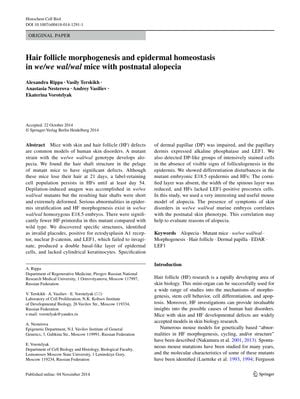
TLDR The we/we wal/wal mice have defects in hair growth and skin layer formation, causing hair loss, useful for understanding alopecia.
The study focused on the hair follicle morphogenesis and epidermal homeostasis in we/we wal/wal mice, which develop postnatal alopecia. The findings revealed significant defects in hair shaft structure, with hair loss beginning at 21 days, despite the presence of a population of label-retaining cells in the hair follicles. The mice showed abnormalities in epidermis stratification and hair follicle morphogenesis, with fewer hair follicle primordia and impaired specification of dermal papillae. The embryonic epidermis and hair follicles of the mutants displayed differentiation disturbances, such as the absence of the cornified layer and reduced width of the spinous layer. Despite these issues, the bulge stem cell population was well-preserved, indicating that the alopecia was not due to stem cell deficiency but rather to defects in cell differentiation and hair cycling that originate during embryonic development. The study concluded that the we/we wal/wal mice have significant abnormalities in hair follicle development and epidermal differentiation, which contribute to alopecia, making them a useful model for studying the mechanisms of this condition.
